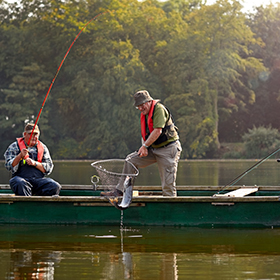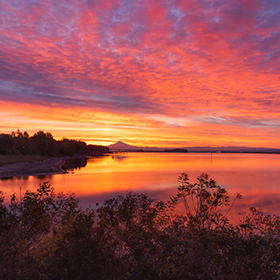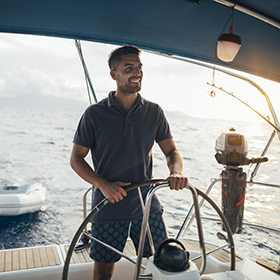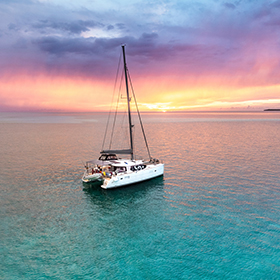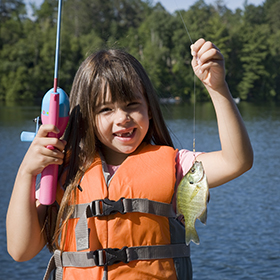If you live in northern states, there may be enough safe ice for some ice fishing opportunities.
If you live in northern states, there may be enough safe ice for some ice fishing opportunities. If you’ve never tried it, this is an odd activity, braving the cold and sitting on a bucket, peering down a hole… but it can be FUN. However, before venturing out, consider these tips regarding exposure to cold air.
For the Anglers
Start Warm. There is an old saying, “start warm, stay warm.” If you are already shivering in the truck, your patience will be lacking and so will the fun level.
Layers. Dress in many layers. A couple pairs of wool socks, long-underwear, t-shirt, hooded sweat shirt, … that works. The air space between layers serves as more insulation and you can adjust your comfort level to prevent the hazard of sweating.
Shelter. On warm(ish) days, ice fishing can be accomplished exposed (accomplished or exposed?) to the elements. However, for serious cold and wind chill issues, a shanty or hut of some sort can make the ice fishing experience almost cozy. Almost.
Ashley Rae, year-round angler, writer, and TV host ice fishes in Canada in temperatures as cold as -20 degrees F. “When people say ice fishing is cold it's because they're not doing it right. Most of the time, I'm fishing in a portable shelter with a propane heater going. Jacket and gloves are off, I like to be comfortable!”

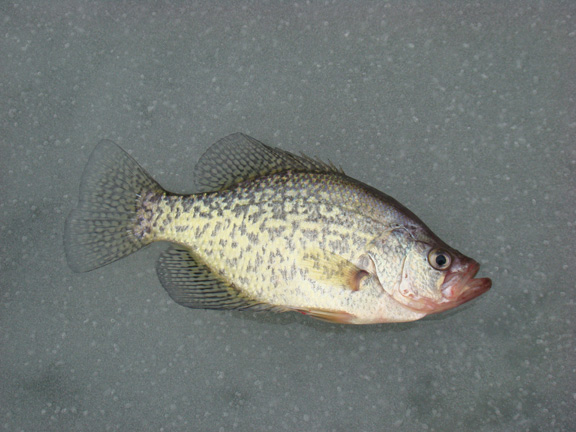
For the Fish
The colder it is, the faster you must work if releasing. Staying inside a heated shanty buys you a little more time. “On the very cold days,” Ashley shared, “I don't take fish outside of my shelter as not to risk freezing.”
Have the right tools. Professional angler and muskie expert, Pete Maina, recommends having a pair of forceps, jaw spreaders, and standard long-nosed pliers handy if you are fishing a lake inhabited by toothy pike or muskellunge.
Keep the fish wet. A bit trickier when ice fishing, but neoprene gloves will help protect both you and the fish. Have a spare bucket or cooler of water ready to help get a safe photo of the two of you.
When the temperature is well below freezing, not only do anglers need to plan for the danger of cold air exposure but if you are practicing catch and release, you need to be prepared to avoid releasing an injured fish. Frozen gills or eyes can occur in seconds. Check here for more ice fishing safety tips.


